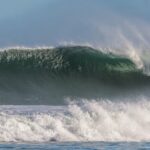
The Real Reason Tsunamis Occur
In many coastal countries and states, tsunamis are a very real threat. Every time there’s an earthquake or a volcanic eruption, people living in vulnerable areas await news if they should evacuate, threatened by a tsunami, a gigantic ocean wave overwhelming their land. With tsunamis posing a danger to many people, it helps to understand why and how tsunamis happen.
Tsunamis are not just large waves. (They’re also not created by tides, so don’t call them tidal waves anymore, okay?) Unlike regular waves coming from a deeper part of the ocean, tsunamis involve both surface water and the seafloor, explained Geosciences Australia. With a normal wave, water only moves on the surface, which is why if you want to get out of a wave, you dive below it. But tsunamis reach deep down, so they’re almost impossible to escape. This also means a tsunami can be faster or slower, depending on water depth. If a huge wave is coming at you fast, that must mean the water there is really deep.
Don’t think that if a tsunami warning was issued, and there’s been one wave, it’s over. The National Oceanic and Atmospheric Administration (NOAA) said tsunamis are a series of extremely long waves that can travel entire ocean basins. People on a boat might not even feel a tsunami has formed. NOAA said in deep water, tsunami swells reach no more than three feet, but it does become larger and more dangerous the closer it gets to land.
Tsunamis form fast deep underneath the ocean
Since tsunamis involve the ocean floor, it makes sense that they form when the ocean floor moves. NOAA said most tsunamis form when tectonic plates knock against or move over each other, otherwise known as an earthquake. When one of the tectonic plates sublimates or goes under the other, it displaces water around it, and according to Geosciences Australia, the resulting waves move away from the source, building up energy. NOAA, citing data from the Global Historical Tsunami Database, noted that 80 percent of all tsunamis since the 1900s were generated by earthquakes.
But tsunamis can also form in other ways. Massive landslides under the sea can move around water as well. This happens when steep areas of the ocean floor, filled with sediment, sand, and mud, drops and draws surrounding water down, causing it to travel across the sea bed. Most often, undersea landslides occur around the continental slope. Volcanic eruptions have also been known to cause earthquakes and landslides and, subsequently, tsunamis. This is true for both land-based and underwater volcanoes. Sometimes an eruption creates pyroclastic flows — a mixture of ash, gas, lava, rocks, and water — which pours onto the ocean, thereby displacing water.
NOAA also mentioned a very rare weather phenomenon that causes tsunamis. A meteotsunami occurs when air pressure disturbances generate fast-moving waves that reach the ocean floor. Meteotsunamis are more common than previously thought and can occur in several regions of the planet.
You have to study up on tsunamis to keep safe
So what can you do keep safe? NOAA admitted scientists cannot predict when or where a tsunami can happen, but they do monitor events that are likely to cause one. Several countries have set up tsunami warning centers to alert areas that might be affected.
Each state also has a different way of communicating tsunami warnings, reported Government Technology. Most warnings involve sirens, but officials understand sirens are costly to maintain and can confuse people, especially when they’re more used to hearing sirens in relation to tornadoes. Some areas take advantage of cellphone warning messages and social media. California installed tsunami kiosks on some beaches to inform locals and tourists about evacuation zones, which is good, because if a tsunami hits California, it will be disastrous.
Oceanic safety agencies worldwide, like NOAA, are constantly trying to improve their systems to better protect everybody from tsunamis. And though the United States hasn’t seen a very devastating tsunami in a while, it always pays to be more prepared. After all, even the most prepared countries in the world, like Japan, still suffered through the after-effects of a tsunami, like the one that happened after a 2011 earthquake that damaged Fukushima. NOAA said the best thing to do is learn about tsunamis, figure out where evacuation zones are, and listen for tsunami warnings.
70 thoughts on “The Real Reason Tsunamis Occur”
Leave a Reply
You must be logged in to post a comment.

The Hilarious Truth About Alaska's 'Fat Bear Week'

The Surprising Numbers Of Bears Davy Crockett May Have Killed In One Year

Why Glass Still Remains A Mystery To Physicists

Could The Handmaid's Tale Ever Actually Happen?
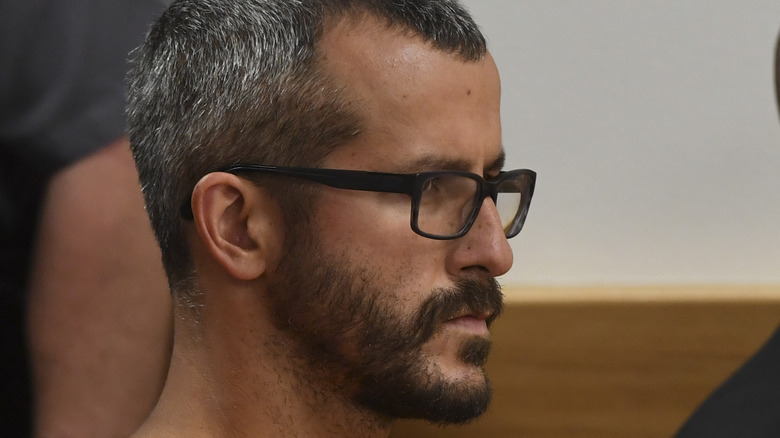
What Happened To Convicted Murderer Chris Watts' Mistress?

Here's Why Elton John Can't Stand Bob Dylan

The Real Reason Your Walls Might Be Full Of Razor Blades

Here's Why This College Student Got Sued For Graduating Too Early

How Much Joe Walsh Is Actually Worth

Elon Musk: What It's Really Like Working For The Tech Billionaire
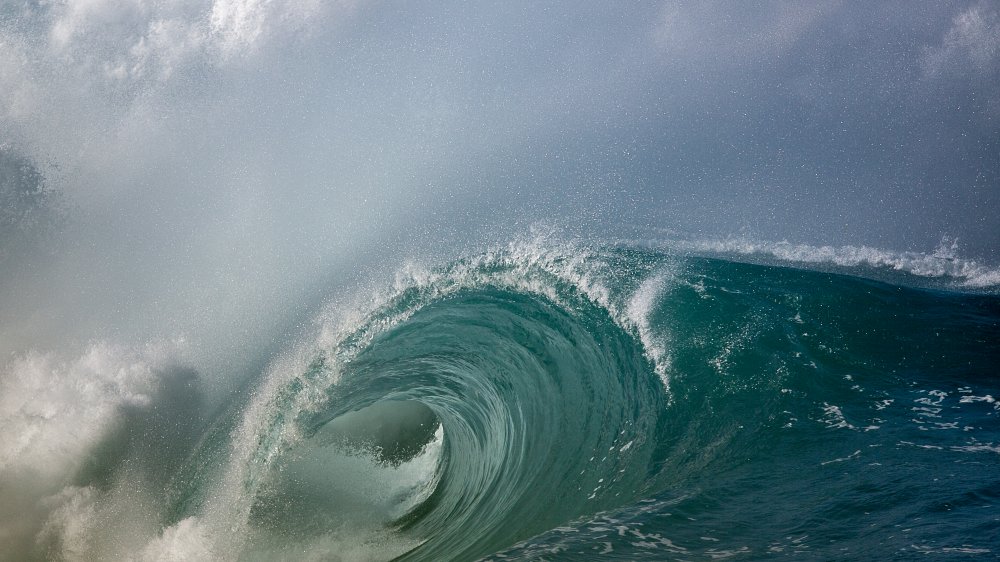
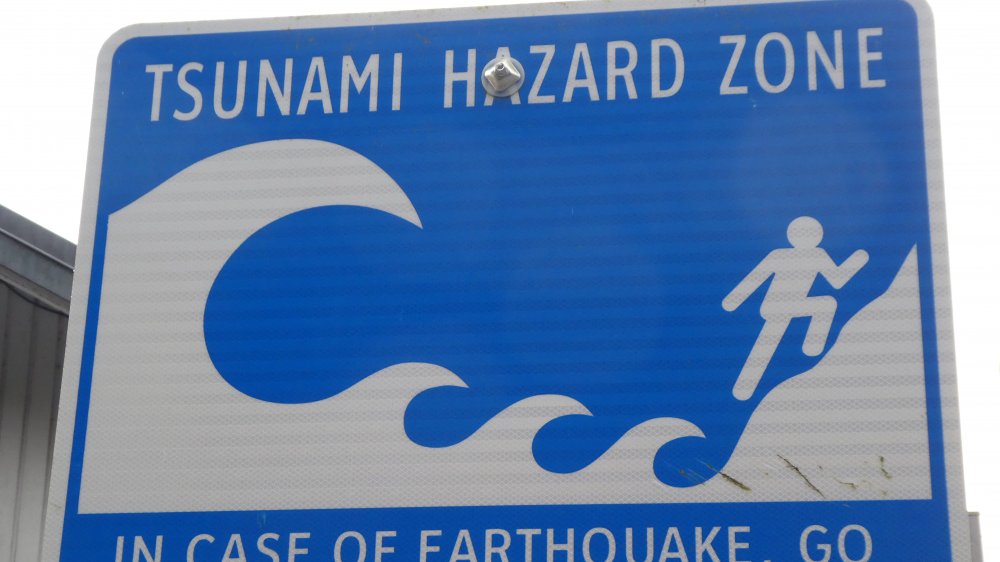


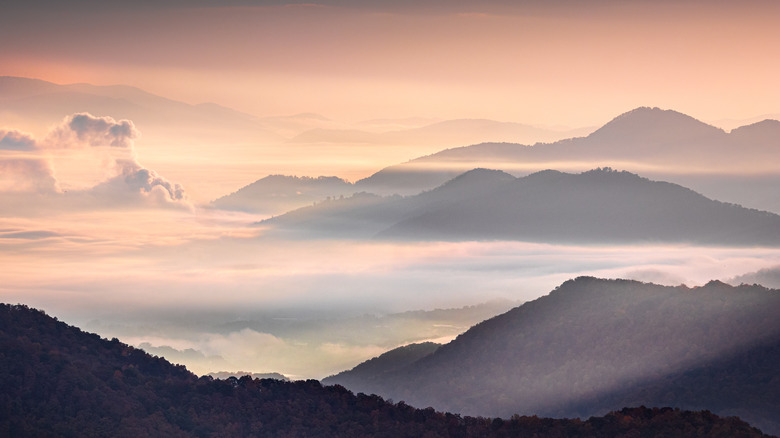

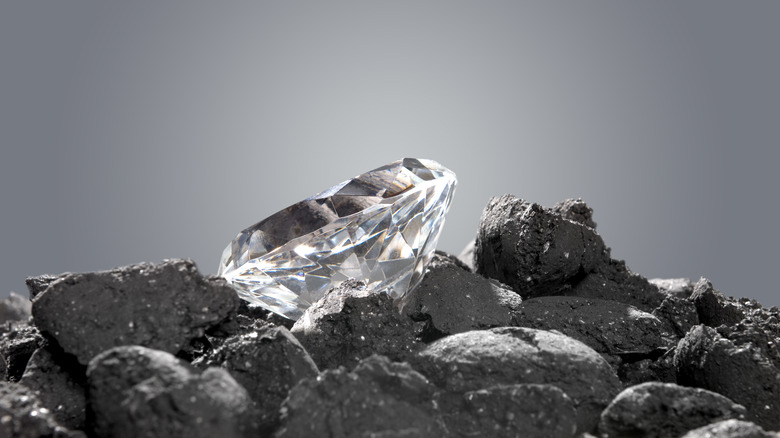



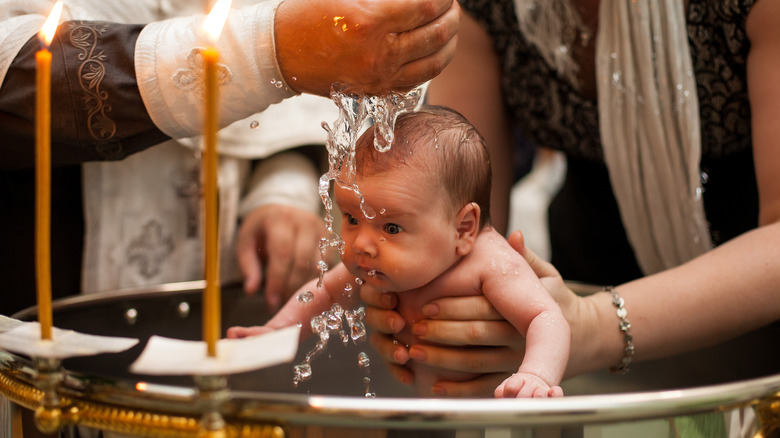
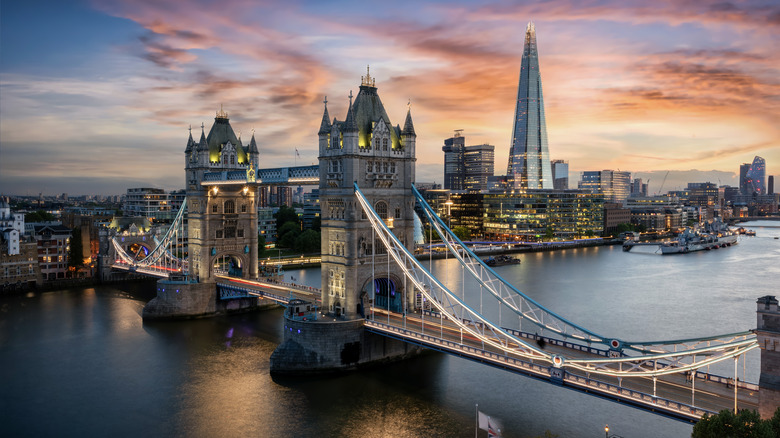


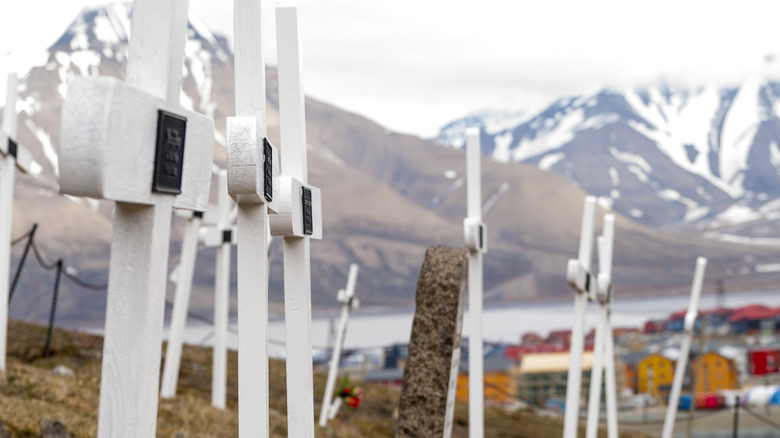




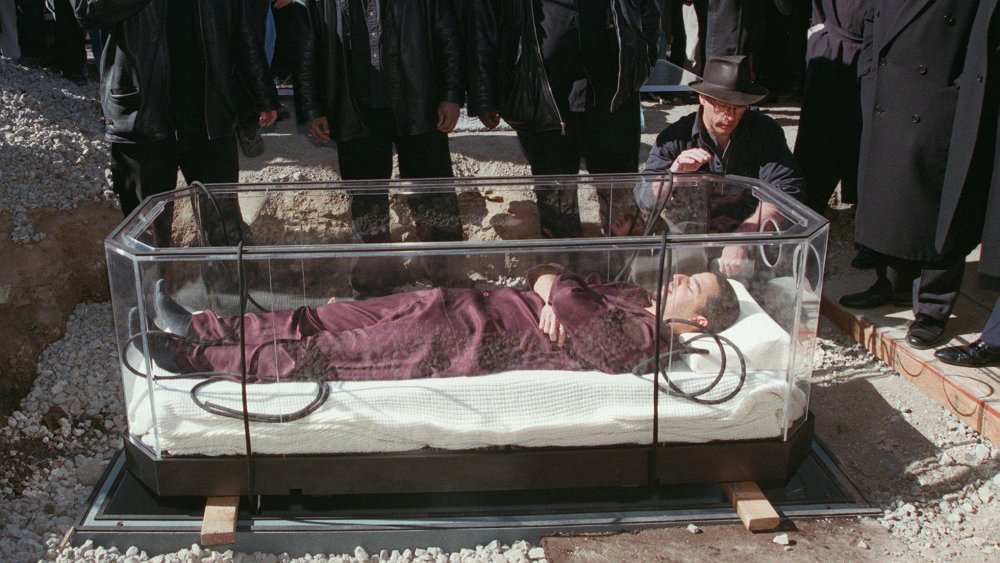

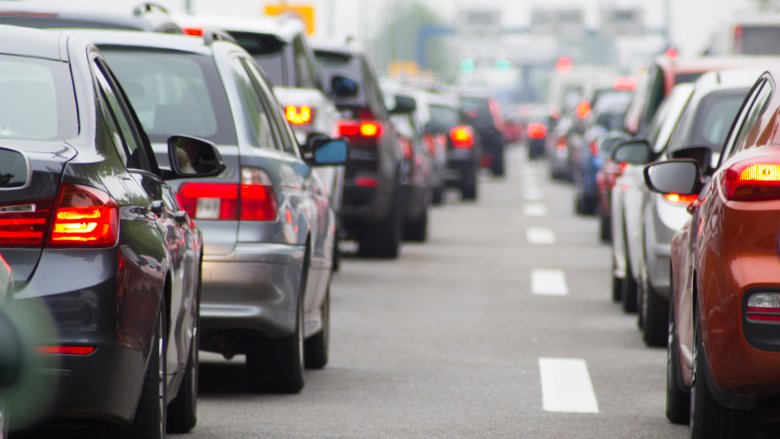




Great weblog here! Additionally your web site lots up very fast! What host are you using? Can I am getting your associate link for your host? I desire my site loaded up as fast as yours lol